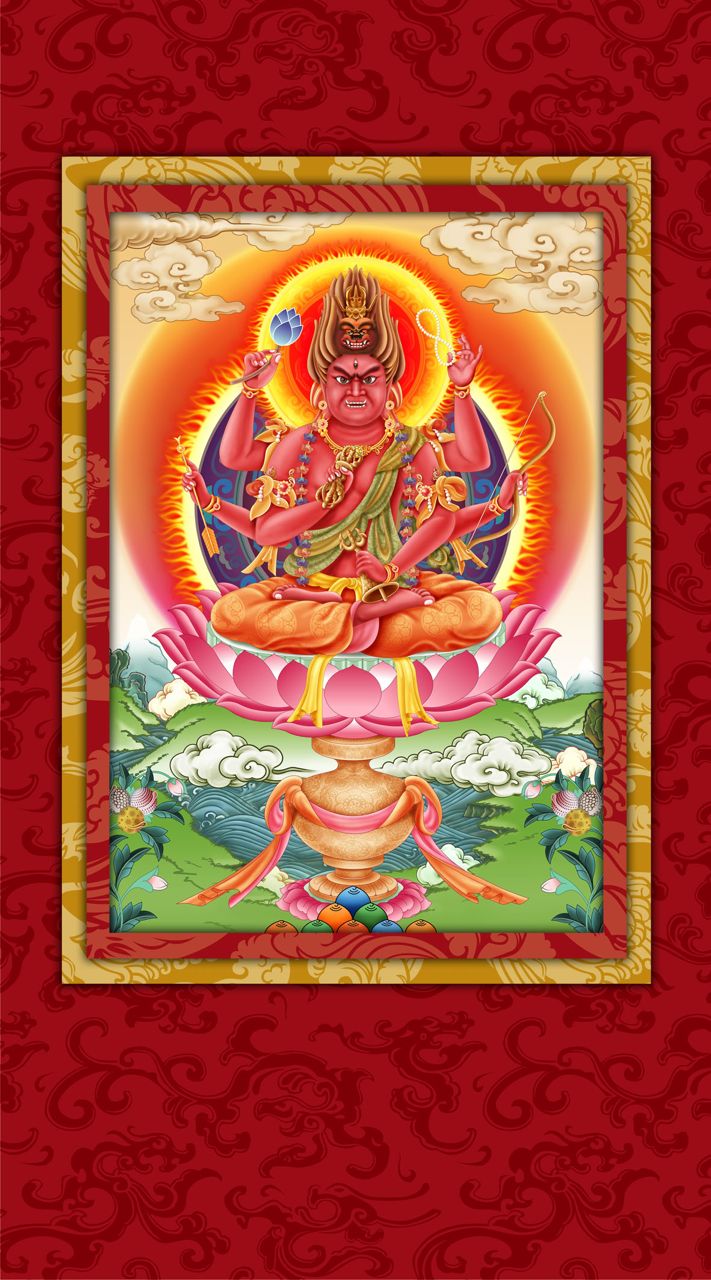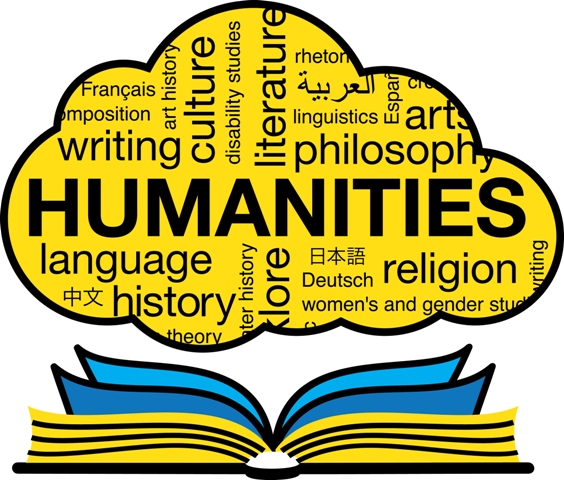The museum that I was able to visit virtually is the National Museum of Asian Art. The work of art that I chose is the Buddhist sculpture of the deity named Aizen Myo-o in Japan. Although the artist is unknown, the time period of this sculpture dates back to the Kamakura period of the year 1293 after reaching its peak when the Mongols failed twice to invade Japan in 1274 and 1281.
| Buddhist sculpture of the diety Aizen Myo-o, dated to the Kamakura Period, 1293 |
The deity would be a part of the iconography group called Kings of Esoteric Knowledge within the late phase of Buddhism which were thought to be "conceived as embodiments magical spells (mantra) but soon they were regarded as representations of Magical or Esoteric Knowledge" (Artibus Asiae, 8).
Aizen Myo-o is seen to have 6 arms with each holding a bell, a stick, a thunderbolt, a lotus, a bow and an arrow which would have "codified texts of ritual and of descriptive iconography" that developed over centuries of year (Artibus Asiae, 17). With 6 arms, Aizen Myo-o also has red skin which in Buddhism usually shows expression in emotion and excitement.
In other context, the color red symbolizes the Buddha Amitahba (Amida) and together with the Bodhisattva Avalokitesvara would be the embodiment of the central virtue of Compassion (karuna) (Artibus Asiae, 17). The lion headdress on the other hand would indicate that Aizen Myo-o possesses the strength of the five wisdom Buddhas as his three eyes are able to see the "three realms" of desire, form, and non-form. Overall, Aizen Myo-o is among the complex figures in the pantheon of Esoteric Buddhism, the mystical interpretation and practice of the belief system founded by the Buddha.
 |
| A colored image of Aizen Myo-o also known as Ragaraja |
I chose this art work because it would relate to my theme of religion as this is affiliated with Buddhism in Japan. As religion is seen to affect the arts, ideas, skills, and institutions, the Aizen-Myo-o sculpture is an example of an art and idea that has been influenced by religion specifically Buddhism. While viewing this artwork I was pleasantly surprised as the sculpture is very detailed from the items that he is holding to the Lotus flower he sits on. I would love to visit an actual museum next time to see the art work in its actual form and how the multiple themes correlate to each one.
Works Cited
Aizen Myo’o | the Powers That Be - Shirleytwofeathers.com. https://shirleytwofeathers.com/The_Blog/powers-that-be/aizen-myoo/.


No comments:
Post a Comment